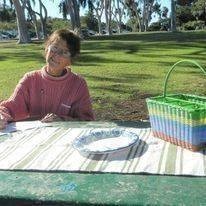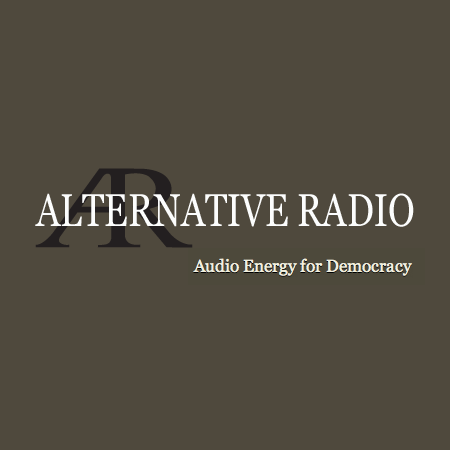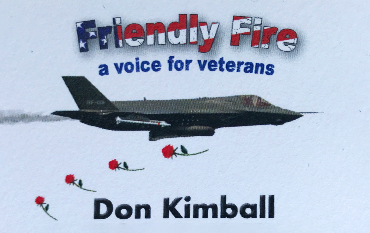Outrage After Footage of Israeli Soldiers Executing Two Palestinians in Jenin Goes Viral
December 1, 2025
By Qassam Muaddi / Mondoweiss
The killing of two unarmed Palestinians by Israeli soldiers in the northern West Bank city of Jenin has provoked international outrage after video footage of the incident went viral on Friday. Credited to the local Palestine TV station, the footage shows two young Palestinian men surrendering to Israeli soldiers and lying on the ground in front of a garage under soldiers’ instructions. They then appear to be directed by the soldiers to go back inside the garage, where one of the troops is seen aiming and shooting at him as he lies on the ground.
Link to video (Warning: Graphic): https://x.com/DropSiteNews/status/1994099203212034430?s=20
The Palestinian Ministry of Health identified the victims as Muntaser Billah Abdallah, 26, and Yousef Asaasah, 37. The Palestinian Foreign Ministry condemned the killing in a statement, calling it “a war crime” and a case of “extrajudicial killing.”
The Israeli army and border police said in a joint statement on Friday that Israeli troops “operated to apprehend wanted individuals” allegedly affiliated with a resistance network in the Jenin area, and that after they exited, “fire was directed toward the suspects.”
Israeli National Security Minister Itamar Ben-Gvir, under whose jurisdiction the border police operates, voiced his “total support” for the Israeli soldiers in question, asserting that they “acted exactly as expected of them: terrorists must die.”
The footage has drawn widespread condemnation from rights groups, with Israeli human rights group B’Tselem stating that “the execution documented today is the result of an accelerated dehumanization process of Palestinians” and calling on the international community to “put an end to Israel’s impunity.”
The UN Office of the High Commissioner for Human Rights condemned the killings, saying in a statement that “killings of Palestinians by Israeli security forces and settlers in the occupied West Bank have been surging, without accountability, even in the rare cases where investigations are announced.”
A pattern of extrajudicial execution
While the latest killing in Jenin was caught on video, Palestinians have remarked that it is not an isolated incident. In 2022, the Palestinian Human Rights Association documented 38 cases of the arbitrary killing of Palestinians by Israeli forces between August 1 and November 4. Yet the number of Palestinians killed in the West Bank has sharply risen since October 2023, with at least 1,030 Palestinians killed by Israeli forces or settlers in the past two years in the West Bank.
The killing of the two Palestinians in Jenin comes two days after the Israeli army announced the launch of a new wide-scale military operation in the northern West Bank, which began with a large raid into Tubas. The operation comes almost a year after Israel’s previous “Iron Wall” offensive in the northern West Bank, during which Israeli forces displaced over 40,000 Palestinians from their homes in refugee camps in Jenin and Tulkarem.
Jenin city and its adjacent refugee camp have been at the center of Israeli military raids since late 2021, as it became the center of Palestinian armed resistance groups such as the Jenin Brigade. After October 2023, Israel launched a protracted military campaign to dismantle them.








